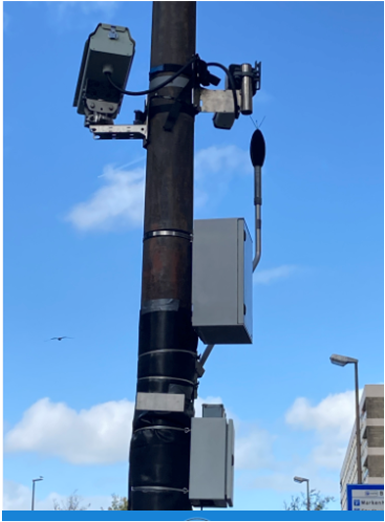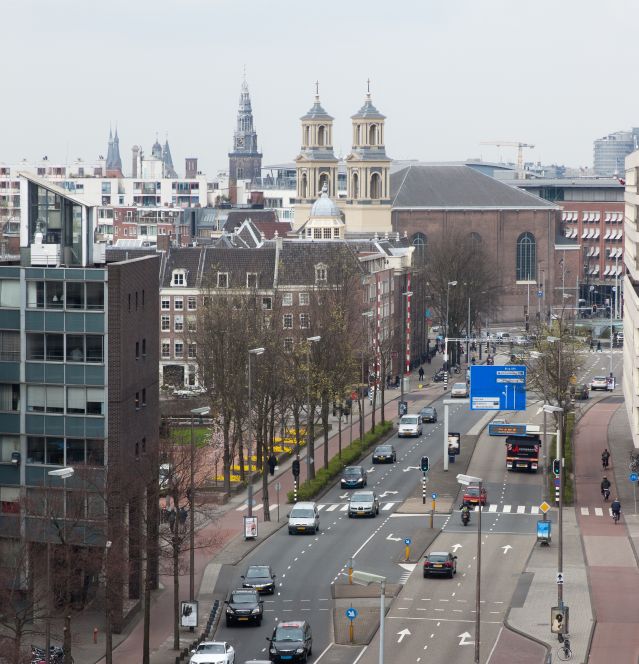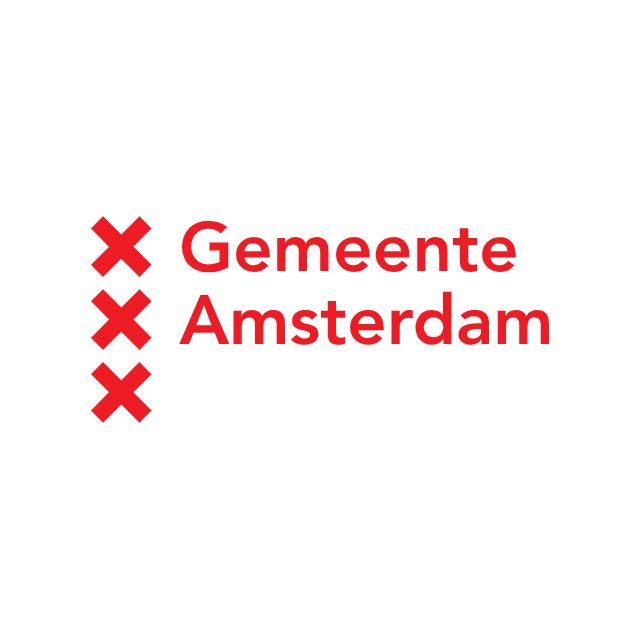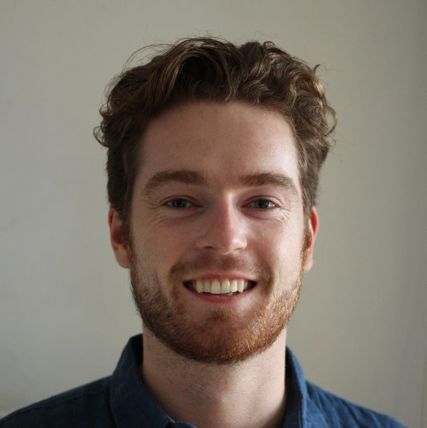Monitoring noisy vehicles
Nuisance of loud motorcycles and other loud vehicles is a substantial problem in cities, as shown by the many submitted complaints and petitions of residents addressed to the City of Amsterdam. We are exploring the impact of the potential implementation of ‘noise flash units’ in the city.
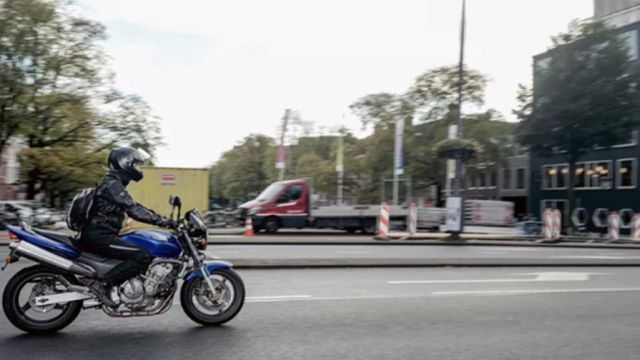
G4, a collaboration of the four big cities in the Netherlands, is working on solutions for the nuisance problem in the cities. In order to gain more insight in the causes of high noise events in Amsterdam, TNO (the Netherlands Organisation for applied scientific research) has been running a pilot in September and October to monitor sound levels of vehicles on three locations in Amsterdam.
To identify which types of motorcycles and cars are concerned, special cameras were used to register license plates. TNO's research will provide insight into the causes of the inconvenience in the city (e.g. behavior, adjustments to motorcycles). Another aspiration is to gain insight into which type of vehicles is causing the most nuisance.
With this TNO study, an important first step has been taken in tackling the noise nuisance from noise vehicles: mapping the high emitters.”
— Carlo Schoonebeek, senior policy advisor environment, City of Amsterdam
At this moment enforcement (‘flashing’) is not yet possible, but the G4 is highly interested in the possible development of so-called ‘lawaaiflitspalen’: sensors measuring noise of passing vehicles while flashing them. To implement such sensors in the city it is necessary to explore the legal and technical feasibility first.
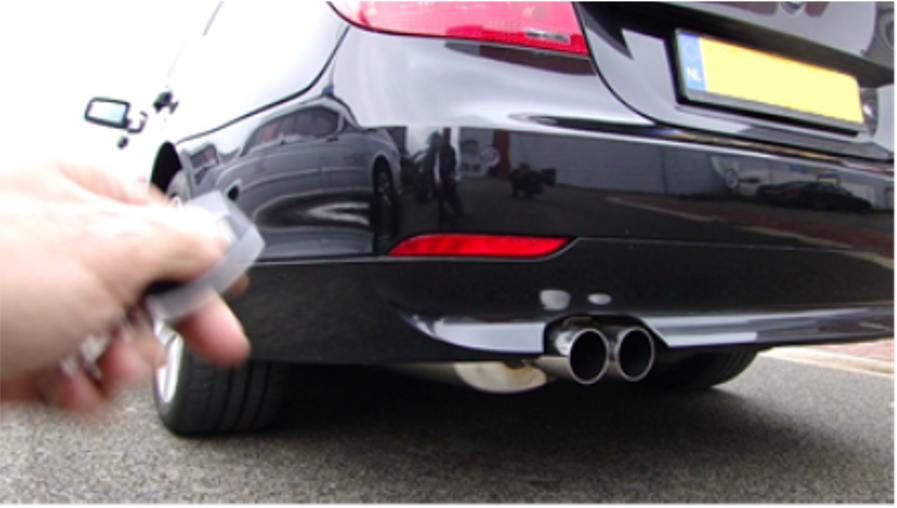
The Amsterdam newspaper Parool (issue of October 8th) reported about ‘the City of Amsterdam placing lawaaiflitsers’. Although the City of Amsterdam has an high interest in developing this technology in the future, it has not been developed yet. Many steps need to be taken, such as deciding on the threshold, certification issues and incorporation in traffic legislation.
When researching the desirability of surveillance technology such as the noise flash unit, the focus should always be on public values, the human dimension and the degree of irreversibility.”
— Timo Nieuwenhuis, Researcher team Urban Innovation and R&D, City of Amsterdam
In 2023 we will be organizing a series of evaluation sessions on the impact of the possible implementation of noise flash units in the city.
